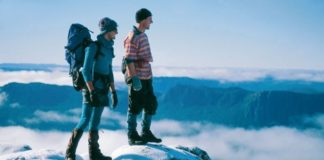Whether it’s in a tent, campervan, motorhome, caravan or a cave, Tasmania is a top spot for those who love the outdoors. Of all the things to do in Tasmania, for nature lovers, sleeping in a protected wilderness in breathtaking scenery and wildlife is a dream come true. Camping Tasmania National Parks brings you that much closer to amazing views and nature in the raw. Here are our top six National Parks to put on your Tasmania camping list.
Contents
Camping in Tasmania
National Parks
1- Strzelecki National Park camping
Flinders Island is home to Strzelecki National Park, a remote park off the north-east coast of mainland Tasmania.
Flinders is one of 78 islands in the Furneaux Group in the Bass Strait.
The island has good facilities, including accommodation, hotel, shop, fuel and a post office.
The park protects fragile and varied landscapes of entwining ecosystems. It’s an area where mainland Australia and Tasmanian floras overlap.
Named after Polish scientist and explorer Count Paul Edmund Strzelecki, a keen hiker of the peaks in 1842, it became a national park in 1967.
Flinders Island can only be reached by plane or boat. There’s no public transport on the island. However, vehicles and bicycles are available for rent at Whitemark.
The island’s striking headlands, bays and beaches allow for some great camping opportunities. You’ll find some of the best beaches in Tasmania you’ve never even heard of.
It’s also a top place for divers and snorkelers.
Humpback whales migrate to the north from May to July and return to the south between September and November.
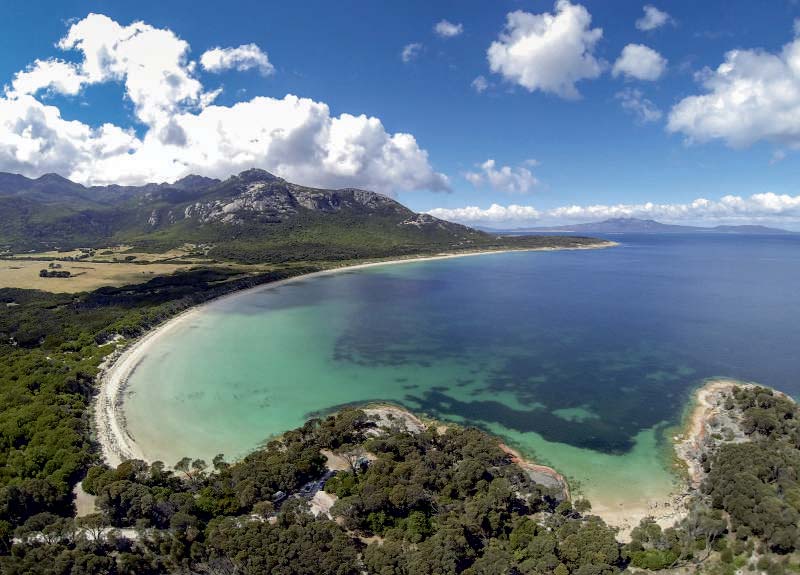
A walking track leads to Strzelecki Peak, which at 756m is the highest mountain on Flinders Island.
If the weather is fine, the view across the southern end of Flinders Island and the outer islands is simply stunning.
Within Strzelecki National Park there is a designated camping ground at the southern end of Trousers Point.
Facilities at the campground include a composting toilet, fireplaces, rubbish bins, picnic tables, rainwater (untreated) but bring a fuel stove as wood collection within the national park is strongly discouraged.
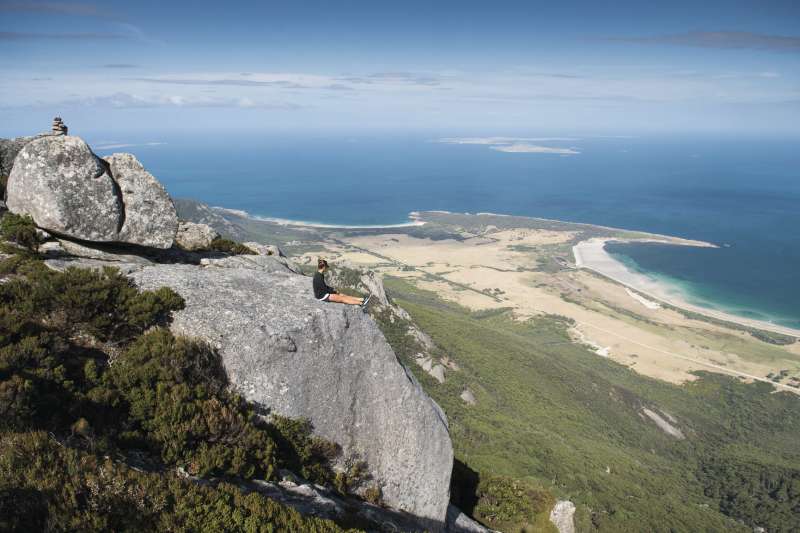
2- The Franklin – Gordon Wild Rivers National Park
This World Heritage-listed park, almost in the centre of Tasmania, is connected to Hobart by the Lyell Highway.
As its name suggests it’s an area with wild rivers and dramatic scenery.
The Franklin River was the subject of a conservation battle that was saved from a proposed hydro-electric power scheme.
Today, it’s a treasure for those who visit.
Allow 2.5 hours to drive from Hobart or Launceston.
Along the highway, that winds for 56km through the park; there are facilities such as picnic tables and toilets.
The Franklin River Nature Trail is a great stop for a break.
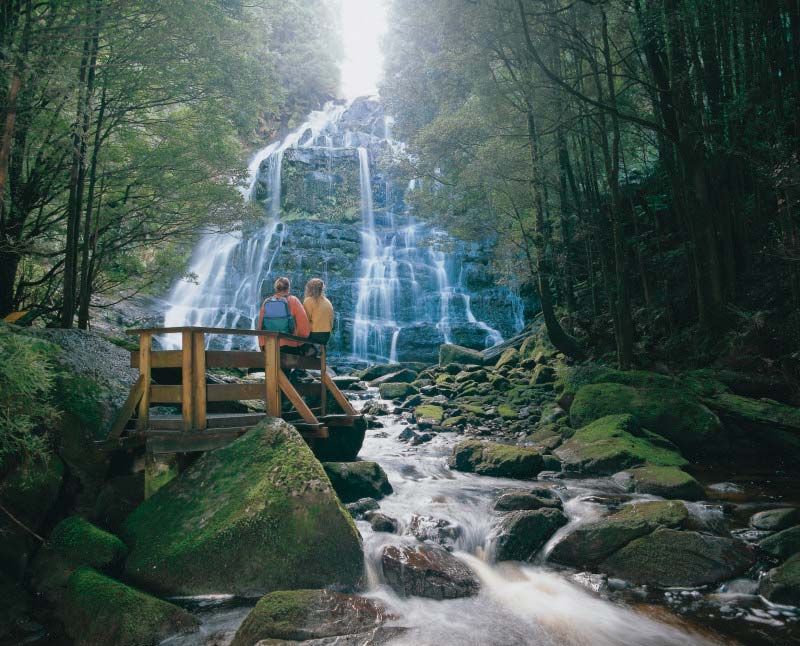
There are a number of walks, ranging from short walks to challenging hikes of over four days.
From the highway, accessible walks include the boardwalk to Nelsons Falls.
This is an easy 20-minute return walk through the rainforest to the falls, with interpretive signage about the forest and wildlife.
Rafting, canoeing and kayaking are the other major attractions drawing visitors to the region.
Camping is available at Collingwood River, the starting point for rafting and canoeing trips on the Franklin River.
Campfires are not allowed so don’t forget your fuel stove.
Campers should be self-sufficient. The sites are basic and are located beside the river (fees apply).
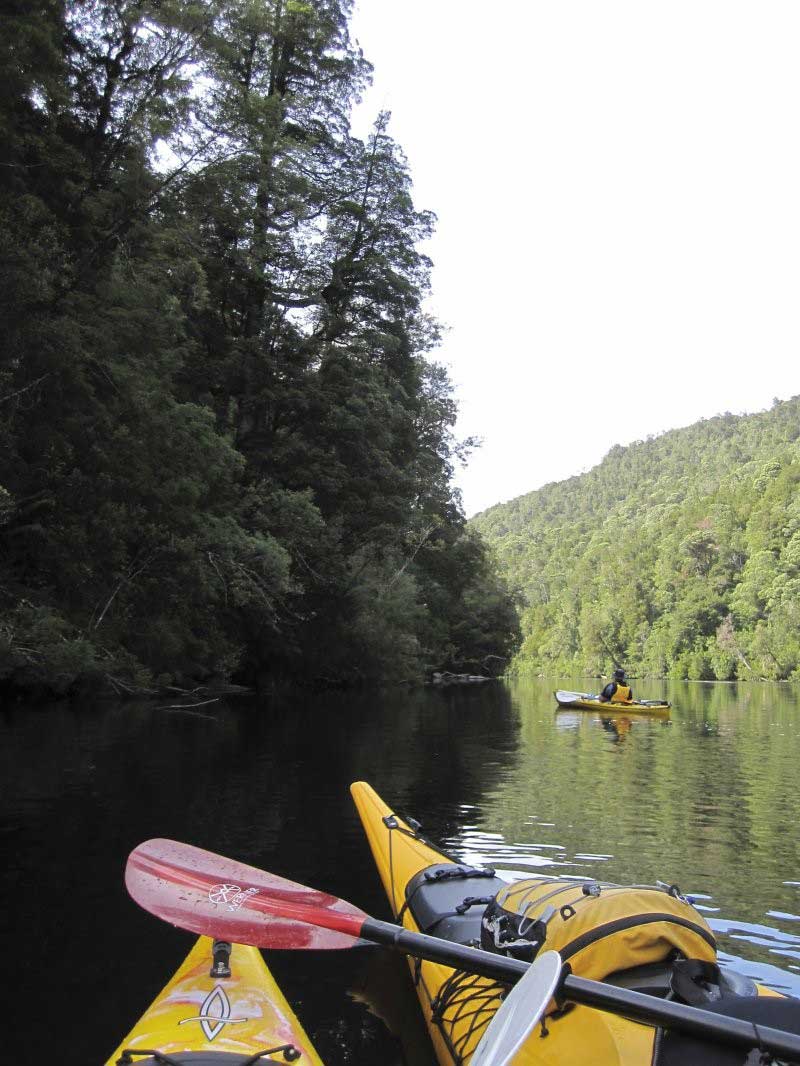
3- Southwest National Park camping
The largest of Tasmania’s national parks, South West National Park forms part of the Tasmanian Wilderness World Heritage Area and covers over 600,000ha.
The Gordon River winds through the park and as the road meanders, drivers are greeted with stunning views.
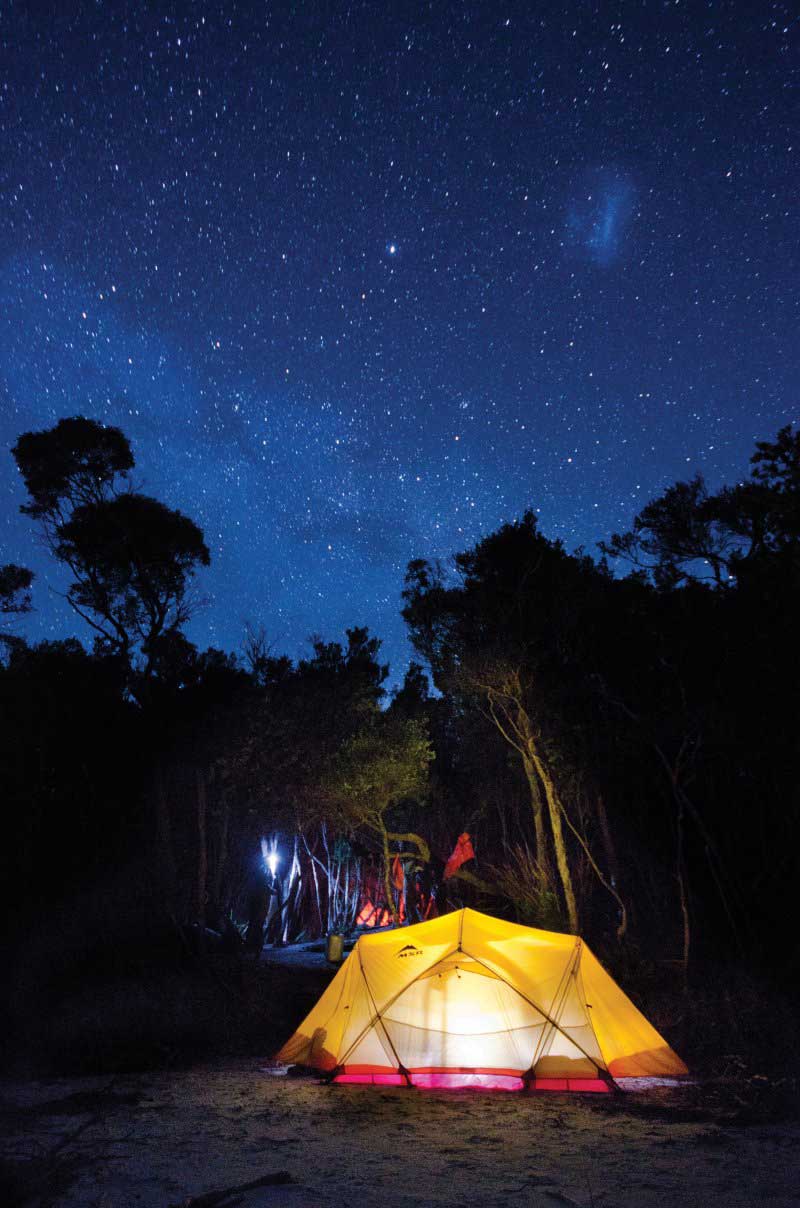
Cockle Creek, in the southeast of the park, is the most southerly point of Australia reachable by road.
Walking tracks – some up to seven days long – provide access to wild coastlines, flowering heathlands and rugged ranges.
Access to the park by road is via Cockle Creek or Maydena.
Allow up to three hours’ driving time from Hobart.
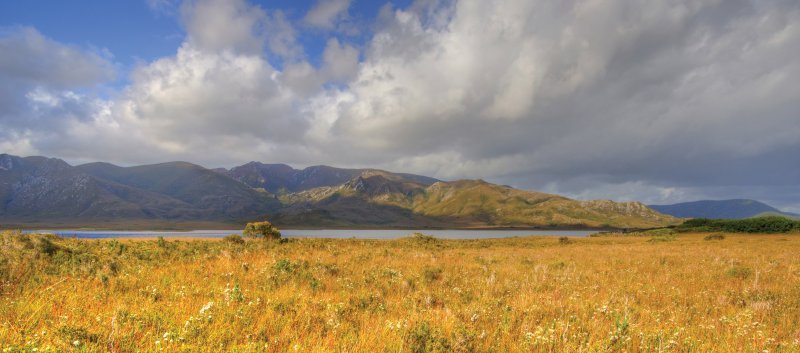
The park is a great spot for day visitors as well as those who want to explore longer.
There are numerous facilities and campers can choose from Cockle Creek, two walkers’ huts along the trails and camps along the Gordon River and Scotts Peak Road.
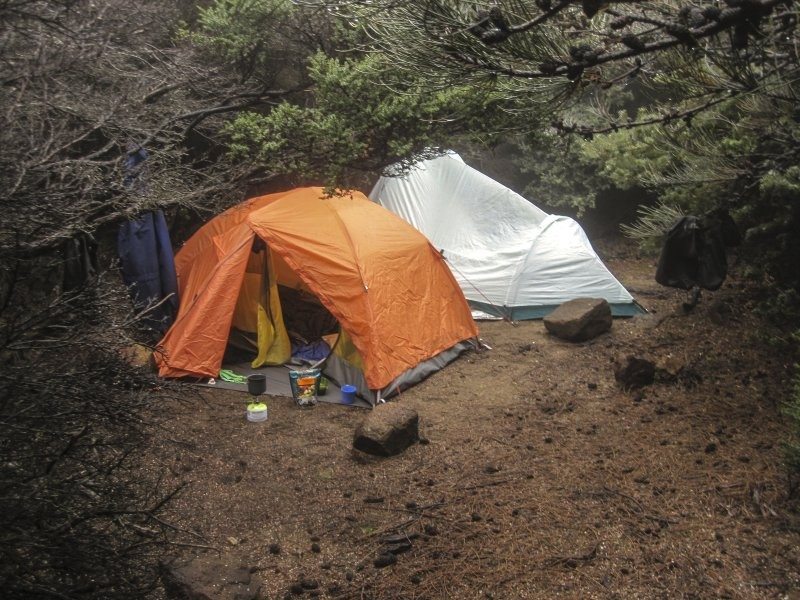
The Needwonnee Walk at Melaleuca is an easy 1.2km boardwalk and allows visitors an insight into the historical importance of the area to the Needwonnee people.
The Port Davey Track, from Huon Campground (allow about two hours) winds through the scrub, rainforest and moorlands. There are longer overnight hikes.
The park is a trout fishing heaven. Trout fishing with lures is allowed in Gordon Lake and Pedder Lake all year round but you need a current Inland Fisheries Commission angling license.
No fishing is permitted in any other river or stream.
A popular beach fishing site is Teds Beach, 4km from Strathgordon. The beach is also a boat launching area.
4- Maria Island National Park camping
Maria Island is a wildlife sanctuary off North East Tasmania accessible by a short ferry service (4km from Triabunna) or by plane.
Allow 90 minutes’ driving time from Hobart to Triabunna.
This island is a getaway with more than a dash of history.
The main camping ground has level sites and is close to the ruins of Darlington, one of Tasmania’s well-known 19th-century convict settlements.
It’s also the start to one of the world’s great walks.
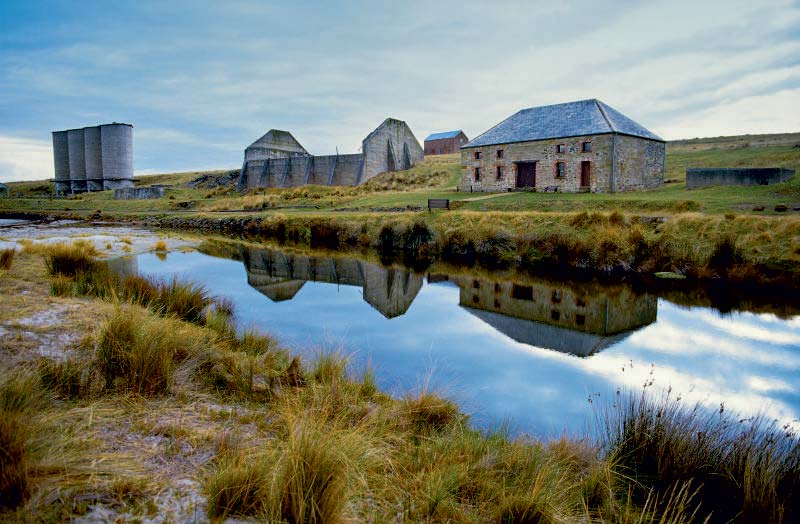
There are no shops on the island so bring all your supplies.
Day visits are conducted by various operators but a longer stay will allow time to truly appreciate the island’s beauty and history.
150m from the jetty is the stone Commissariat Store, the islands oldest building and visitor information centre.
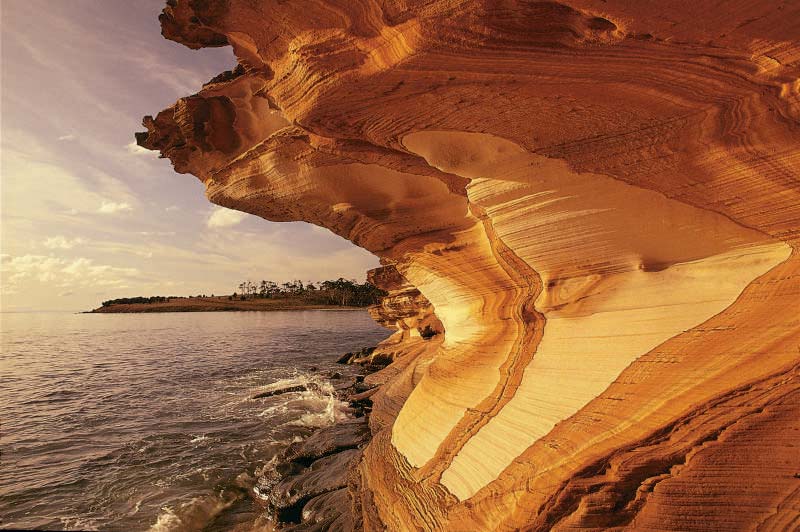
Maria Island is popular for mountain bike riders, walkers, naturalists and those who love an unspoilt getaway.
Walks range from easy one-hour strolls to longer more strenuous hikes.
The Painted Cliffs and Fossil Cliffs (allow two hours return for each walk) are worth the effort.
Wildlife flourishes on this protected island. You might see native pademelons and the endangered forty spotted pardalote (a bird).
In 2012 Tasmanian devils were introduced to the island due to the decline in mainland numbers.
The majority of the waters around the island are protected by the Marine Nature Reserve.
No fishing is allowed around most of the island but wading, snorkelling and scuba diving is.
The waters are frequently visited by seals and whales.
The island is also home to giant granite sea caves and passengers can choose to kayak or snorkel with the seals.
Bookings are not required for camping but there are camping fees.
Walk-in camping is also permitted at French’s Farm and Encampment Cove (allow around four hours walking time).
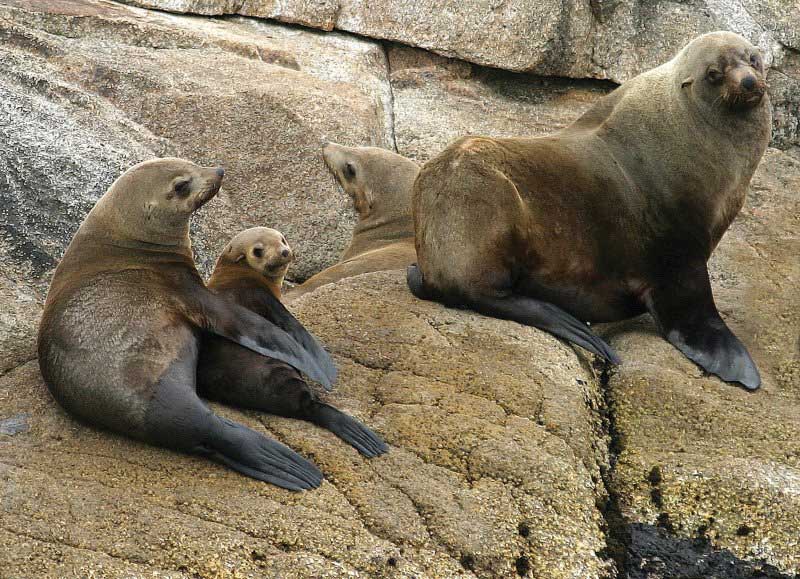
5- Freycinet National Park camping
Home to dramatic pink granite peaks of the Hazards Range and secluded bays, Freycinet National Park has pristine beaches and amazing views of the Tasman Sea.
There are several Freycinet National Park walks suitable for all fitness levels and the park has one of Tasmania’s most famous views.
It’s an easy walk to the lookout over Wineglass Bay, where you’ll recognise the stunning shot that has inspired many visitors to Tasmania.
There are several places to camp in Freycinet National Park. Richardsons Beach dunes area has fuel stoves while Honeymoon Bay and Ranger Creek camping areas have electric barbecues, picnic tables, non-treated water and toilets.
It’s not surprising that Freycinet National Park camping is popular. Actually, it’s so popular that camping spots in the park are allocated by ballot.
If you hope to camp during peak times in Freycinet National Park (18 December to 10 February and Easter) make sure to apply to be in the ballot by 31 July. Find out more here.
6- Cradle Mountain camping
The northern end of Cradle Mountain-Lake St Clair National Park is the start of Tasmania’s most famous multi-day hike, the Overland Track.
You don’t have to go on a 65km hike to experience the beauty and power of Cradle Mountain, the Dove Lake Circuit and Enchanted Walk will take your breath away.
If you’re not doing the Overland Track, the only way to experience Cradle Mountain camping is the private campground at the entrance to the park.
The Cradle Mountain Waldheim cabins have electric heating and bunk beds inside the park. The accommodation has an electric stove and cooking utensils as well as an amenities block with showers and flushing toilets.
For more camping ideas read:
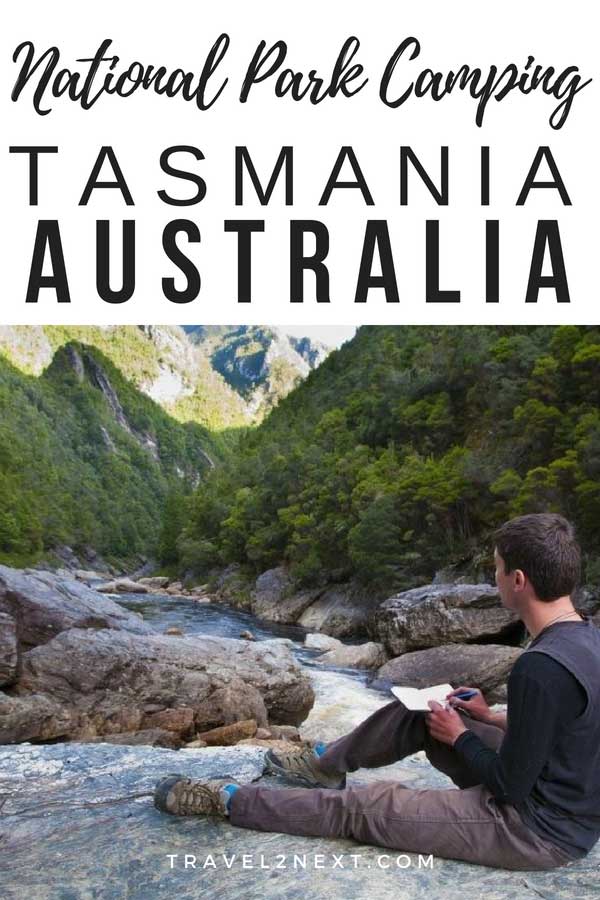
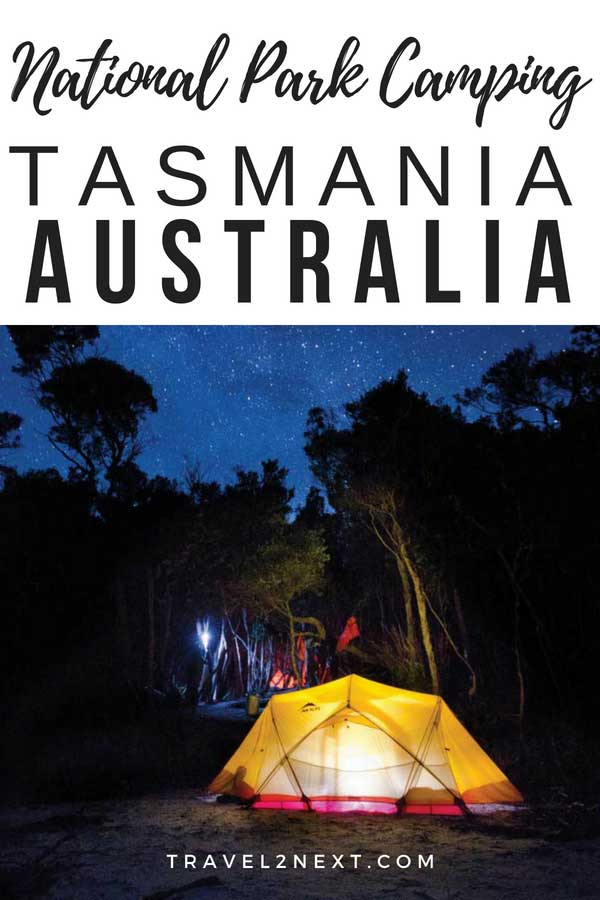
Plan Your Trip

Rent A Car – Find the best car rental rates at Discover Cars. They compare car hire companies to provide you with the best deal right now.

Find A Hotel – If you’re curious about this article and are looking for somewhere to stay, take a look at these amazing hotels.
